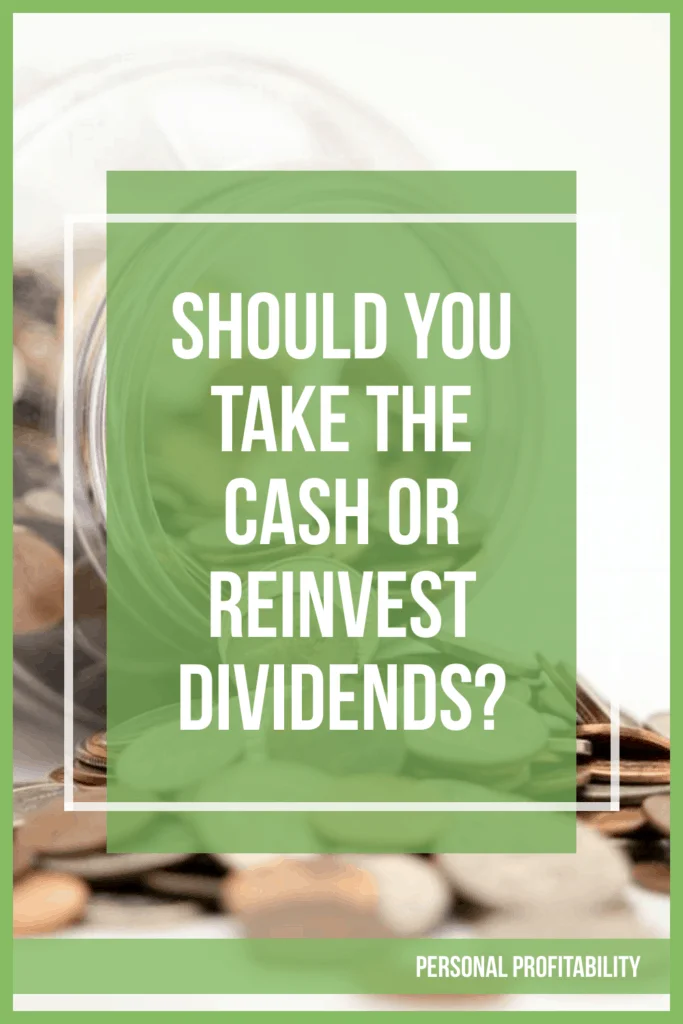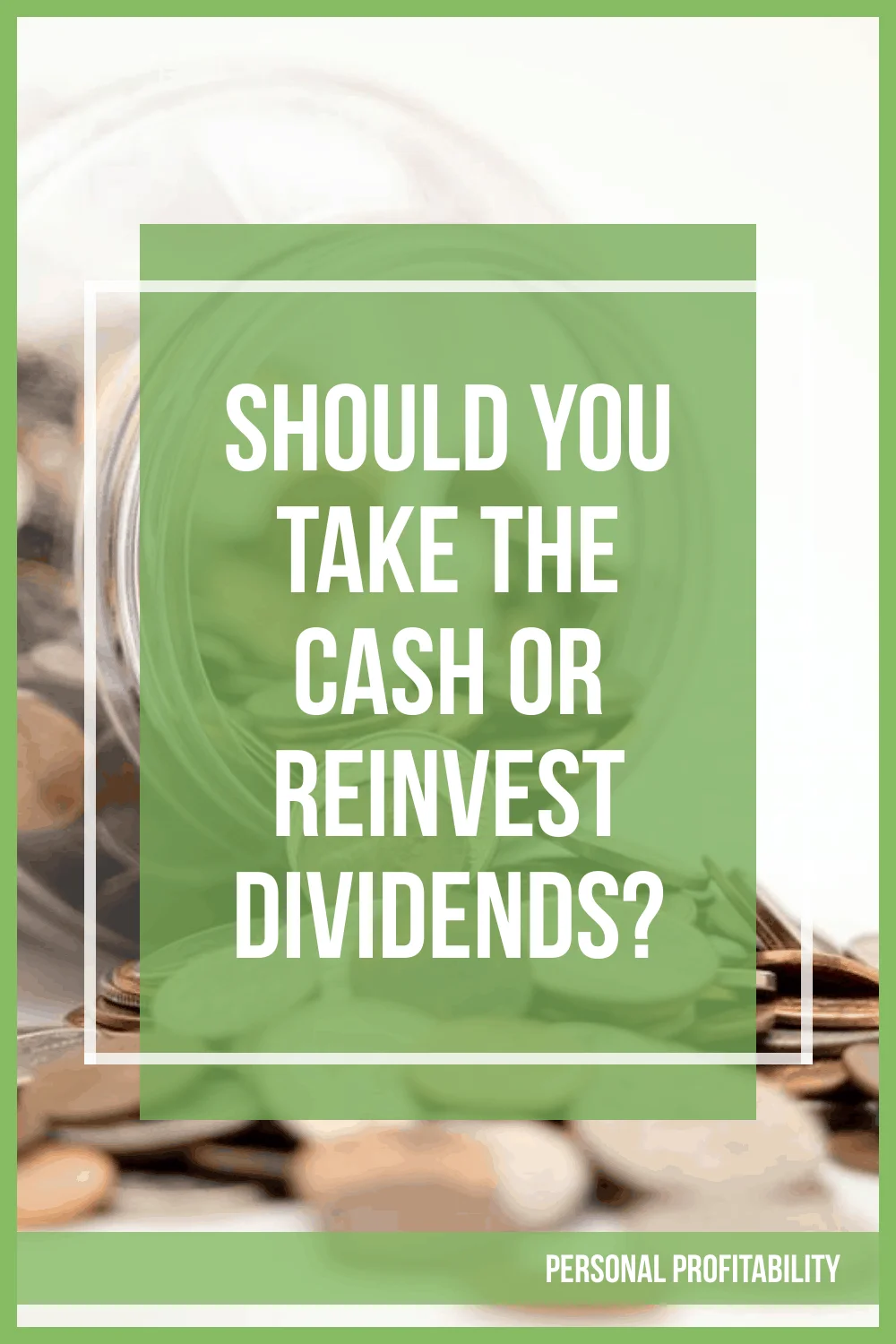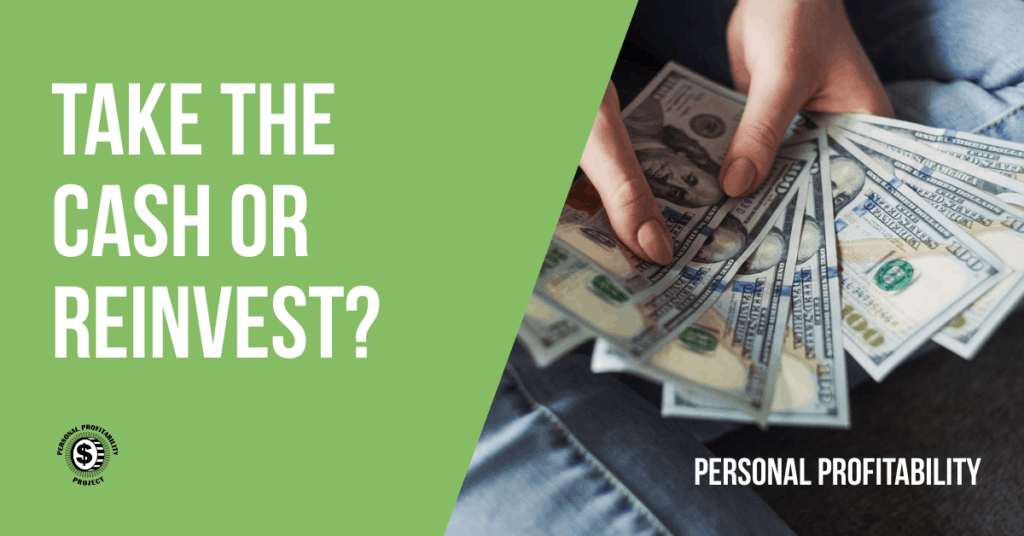Dividend stocks are equity investments that pay cash to investors on a regular basis. Investors often have different goals when buying dividend stocks, but each investor must decide whether to reinvest the dividend or take the cash.

Valuing a Dividend Stock
The Dividend Discount Model is the most popular method to decide the intrinsic value of dividend paying stocks (as opposed to multiple analysis or discounted cash flow analysis).
The dividend discount model says that the price of a dividend stock should equal the value of next year’s dividend divided by the expected dividend growth rate. There are complexities for stocks that assume a constant dividend or continual growth, but before investing in any stock it is important to understand the intrinsic value.
Dividend Growth vs. Equity Growth
Some investors prefer dividend stocks because they pay out a nearly guaranteed cash flow
for the foreseeable future. Walmart is currently paying a dividend of 2.5% per year. Even if the stock only increases 2.5% in price, you still get a 5% return.
Companies like Berkshire Hathaway are famous for their non-dividend policy. Warren Buffet, the famous investor in charge of Berkshire Hathaway, says he can give investors a better return if he uses the cash rather than pay it back. He has been spot on, growing book value an average of 19.7% per year compared to 9.4% on average for the S&P 500.
Determine Your Goals
Are you looking to retire soon, or are you looking to save for retirement? Are you trying to build wealth or create a cash stream? Those are the types of questions you have to answer when deciding what to do with a dividend.
For investors in retirement, a cash flow is clearly the most important goal. If you can create a steady income stream without selling your capital, you are in great shape. If an investor can put a $1 million retirement account into dividend stocks averaging 4%, they will walk away with $40,000 in annual pre-tax income without touching their savings. (Remember that capital gains are taxed at a lower rate than regular income)
If you are trying to grow your assets, reinvesting is always the best option. If you believe in a stock enough to put your money there, you should believe in it enough to increase your position organically through a dividend reinvestment.
How to Start a Dividend Reinvestment
You can reinvest your dividends through one of two methods, from your broker or a DRIP.
First, you can simply select the option to “reinvest” when you buy a stock through your stock broker. In my account, it is just a simple check box on the buy screen.
Second, you can buy into a DRIP (dividend reinvestment plan) directly from the company, though the fees may be higher than from a discount broker.
Find out what the 3 best long term dividend stocks are!
What is Your Best Option?
Each investor must decide what their goals are and how to build a portfolio to reach those goals. If you are in retirement, or near to it, the best option is to take the cash. Otherwise, most investors should opt to reinvest their dividends.
What do you chose to do with your dividends? Please share your thoughts in the comments.
This post was originally published on December 16, 2008 and updated on February 28, 2021.




I’m reinvesting all of my dividends until the time comes when I need to start living off of them.
Great strategy. What is your savings goal to retire early and start cashing out?
I just need enough dividend income to cover my expenses. Then I’ve got income security for the rest of my life. Whether I keep reinvesting or start cashing out will be determined later, probably more by life circumstances (e.g. layoffs) rather than personal preference.
I reinvest dividends and capital gains. I am thinking long term and I do not need the cash.
Is your long term goal retirement? What is your biggest savings goal?